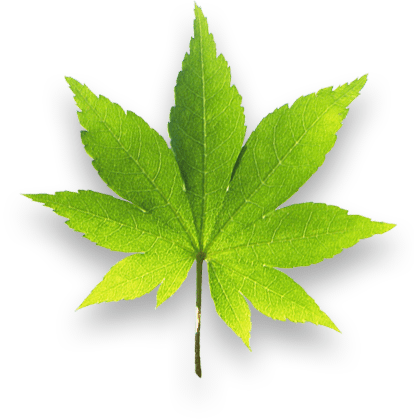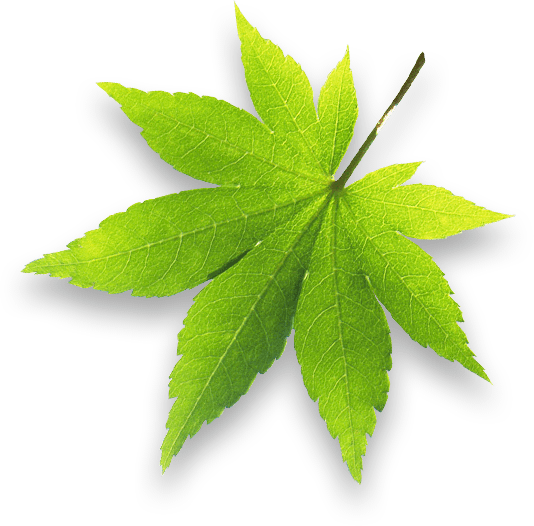The why and how of aging
Humans age. Aging is linked to the energy available to organisms in evolution. See the patent application, PCT/US2016/055173, “RESETTING BIOLOGICAL PATHWAYS FOR DEFENDING AGAINST AND REPAIRING DETERIORATION FROM HUMAN AGING” on this website for more discussion on this topic.
Human rate of aging
The variance of the rate of human aging has been seen to be 3X, meaning some humans age at a rate that is three time faster than others (Belsky DW 2015, and other who have gone to high-school reunions).
Overview
Energy comes mainly from food for animals and mainly from the sun for plants (a lovely discussion in The Hidden Life of Trees, by Peter Wohlleben). Energy is limited for all organisms. The time scale and evolutionary pressure by energy availability are debated in science. Some say evolution can work on a multigenerational scale where organisms need to leave sufficient resources in a location for their progeny to survive (Werfel J 2015, 2017) and others say evolutionary pressure drops off after puberty when fecundity begins and sexual organisms can start to reproduce.
What is more certain is that evolution instilled in organisms energy efficiency and energy trade-offs in a sort of decision tree where energy is allotted depending on self-assessment, environmental clues and feedback mechanisms. This energy efficiency/allotment by evolution strictly limits cellular repair. Age can be seen as accumulated damage over time that is unrepaired.




